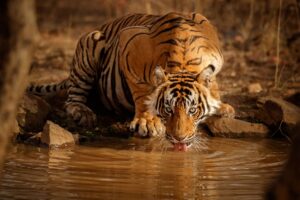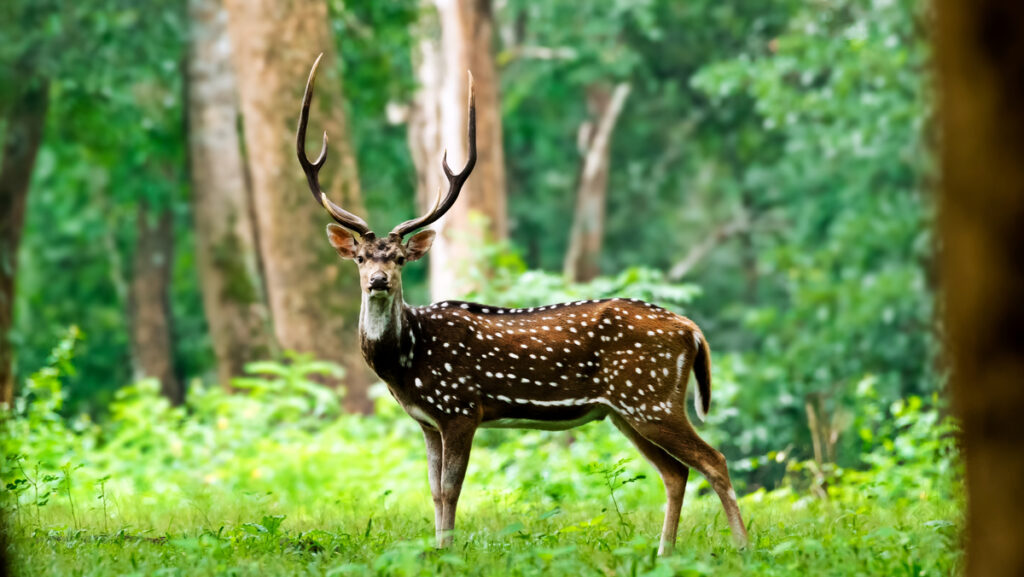Wildlife Sanctuary in West Bengal
–by Soumya Das
–Reading Time – 17 min Approx
If there is something that we as human beings have realized over the last few years, it is the simple fact that humans are not the only creatures who need to survive on this planet. Wildlife serves an important aspect and is an essential part of the world. There is always a detrimental effect on our lives if their numbers continue decreasing. The recent docu-series ‘Tiger King’ on Netflix has brought a lot of awareness about wildlife sanctuaries.
So, what exactly is a wildlife sanctuary? A wildlife sanctuary is a region where the natural habitats of certain animals and their environmental factors are shielded from any kind of disruption. It is supposed to be a safe haven for them where they are not bothered at all. The catching, slaughtering, and poaching of these animals are rigorously disallowed in all the wildlife sanctuaries.
 West Bengal has an enormous biosphere including rich verdure from the Ganges to the Himalayas. The northern part of the state has prospered into a significant place of interest as a result of the Shivalik and a few feeders of Ganga those courses through the state.
West Bengal has an enormous biosphere including rich verdure from the Ganges to the Himalayas. The northern part of the state has prospered into a significant place of interest as a result of the Shivalik and a few feeders of Ganga those courses through the state.
Southern Bengal is particularly popular for lodging the world’s biggest mangrove backwoods. To ensure the rich biodiversity, the Government needs to assemble numerous zoos, national parks, and wildlife sanctuaries in West Bengal.
Top 10 Wildlife Sanctuary in West Bengal:
If you see the list of forests in West Bengal, you will see that there are more than just a few wildlife sanctuaries here. With these national parks in West Bengal, the state aims to provide shelter and a safe space for the birds, animals, plants, and the forests here. Read on to find more details about the top ten wildlife sanctuary in West Bengal –
Mahananda Wildlife Sanctuary in West Bengal:
This wildlife sanctuary is situated in the southern part of Darjeeling between Mahananda and Teesta River. It is one of the best wildlife sanctuary in West Bengal and it expands over an area of 158 square kilometres. Safari rides are easily available once you reach there, these are conducted in a way that doesn’t bring disturbance to the animals.
This wide lush wildlife sanctuary in West Bengal houses rare animals and birds like Indian Bison, Fishing cat, jungle cat, Himalayan black bear, rufous necked hornbill, oriental pied hornbill, minivet, and sunbird, among others. The Darjeeling Wildlife Division looks over this wildlife sanctuary. This wildlife sanctuary, which is also a famous bird sanctuary in North Bengal, has a sole entry point in Sukna and is known to flaunt one of the most affluent collections of birds in the country.
Jore Pokhri Wildlife Sanctuary in West Bengal:
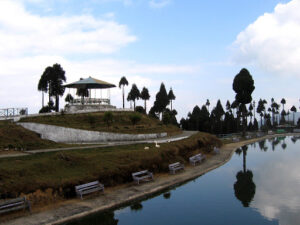 Jore Pokhri Wildlife Sanctuary is situated on the slopes in Darjeeling District, West Bengal. It is home to a few high-elevation creatures like the Himalayan Salamander which is locally celebrated as Gora. This spot is around 20 km from the town of Darjeeling and is one such reserve forest in West Bengal that demands a visit from the tourists who visit this area.
Jore Pokhri Wildlife Sanctuary is situated on the slopes in Darjeeling District, West Bengal. It is home to a few high-elevation creatures like the Himalayan Salamander which is locally celebrated as Gora. This spot is around 20 km from the town of Darjeeling and is one such reserve forest in West Bengal that demands a visit from the tourists who visit this area.
Thinking back to the name of the sanctuary, we can establish that it must be named after the twin lakes as “Jore” means two, and “Pokhri” implies lake in the Nepali language. The best time to visit would be between June to August.
Sajnekhali Wildlife Sanctuary in West Bengal:
Sajnekhali Wildlife Sanctuary covers more than 362 square kilometers of land in the Sundarban Reserve and is a perfect place to admire the fauna in West Bengal. The mangrove backwoods are the primary fascination of the spot. Other than that, guests additionally come here to see the huge assortment of birds, creatures of land, and water. This superb untamed life attraction incorporates Pelican, Rhesus Macaques, Spotted Deer, Wild Boar, Fishing Cat, Crocodile, and otter. You can likewise discover a sloth bear, puma, chinkara, and wild hoard. So, what we would advise you to do is take a drive to Sonakhali and take an adventurous ferry ride to Sajnekhali. Try to visit between September to March, between the winter months.
Senchal Wildlife Sanctuary in West Bengal:
One of the most seasoned untamed wildlife sanctuaries in India that is situated in the Darjeeling region, the Senchal Wildlife Sanctuary covers a space of 39 square kilometers. The wildlife sanctuary is home to numerous regular species like Rhesus Monkey, Assam Macaque, Himalayan Flying Squirrel, Barking Deer, and Wild Boar. For the jeopardized species found in the safe haven, the noticeable ones include the leopard, Jungle feline, and Himalayan Black Bear.
It houses a few birds as well. Senchal Lake is a piece of the Senchal Sanctuary which supplies drinking water to the town of Darjeeling. The lake is taken care of by a mountain spring and the water of this lake is perfect and consumable. The limited longish Senchal Lake is encircled by thick vegetation on all sides. The primary woodland region is a long way from the lake. Beautiful blossoms like rhododendrons and orchids on the lakeside upgrade the general excellence. A 9-opening fairway and clubhouse are likewise present in nearness to this picturesque lake.
You can rent a bicycle in Darjeeling and ride around, appreciating the all-encompassing vistas of the group free timberland. You will, however, need a license to navigate the courses of this cycling track. This can be bought at the asylum entrance. The sanctuary and admittance to the lake are shut during the monsoon and resume after September fifteenth. Cyclists are not permitted to carry snacks with them inside the woodland.
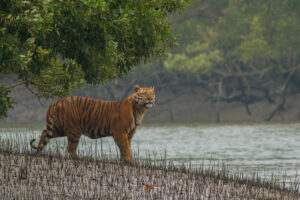
Lothian Island Wildlife Sanctuary in West Bengal:
The tropical estuarine bog woods comprises of mangrove vegetation. Chief tree species here are Keora, Baen, Goran, and so on. The vegetation provides a thick cover all through the natural surroundings. Along the edge of the waterways, there are lush patches. The creatures found are Chital, Wild Pigs, and Rhesus monkey. Wilderness Cats can also be spotted here at times. Birds are various including the ones that migrate here during the winters. The swamps of the island harbor estuarine Crocodile. This reserve forest in West Bengal is situated in the Sunderban Wildlife Reserve and was established in 1976.
The Buxa Tiger Reserve:
With rich biodiversity, the Buxa Tiger Reserve in West Bengal is situated in the Indo-Malayan area. It covers an enormous region, giving a home to a portion of the imperiled and unique creatures. You will discover tigers, Leopard Cats, Asian Elephants, Regal Pythons, Bengal Floricans, Hog Deer, Hispid Hares, Slender-charged Vultures, and that’s only the tip of the iceberg. The spot is wealthy in verdure. This draws in tourists to come and visit the spot. When visiting the Buxa Tiger Reserve, you can likewise investigate different attractions like Mahakaleshwar Jyotirlinga Temple and Buxa Fort.
Pakhi Bitan Wildlife Sanctuary:
Pakhi Bitan Wildlife Sanctuary has been recently included in the rundown of the wildlife sanctuaries of West Bengal. It was set up in the year 2011 and covers a space of about 14.09 sq km. It dwells on the foreshore of Teesta River and is close by the Gajaldoba waterbody in the Jalpaiguri locale. It is focused on the preservation of the living space of sea birds. Diverse outlandish types of migratory birds come in winter each year.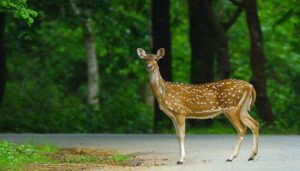
Ramnabagan Wildlife Sanctuary:
Ramnabagan Wildlife Sanctuary, otherwise called Ramnabagan Mini Zoo, is all-around extended over an area of about 14.31 hectares and is situated in Mouza Baburbag, directly in the core of Burdwan. It was changed from woodland into a deer park in the year 1978 when it presented six spotted deer. Afterward, it was announced as a natural life safe haven.
Amid tall and masterful Teak, Sal, and a few other known trees, this sanctuary has been perceived as the best wildlife sanctuary in West Bengal amongst many. It is known to be home to a few untamed life animal varieties which can be seen and seen here living in their regular living space like dim langurs, dark buck, snakes, owls, storks, mongooses, panthers, and a few others. You can easily reach here by road from Burdwan railway station ideally during monsoon.
Haliday Island Wildlife Sanctuary:
The Haliday Wildlife Sanctuary, also known as the Haliday Island Wildlife Sanctuary is often referred to as the Haliday Island. It is one of the smallest wildlife sanctuaries in India and is among one of the three wildlife sanctuaries of the Sundarbans Biosphere Reserve, the other two being the Sajnekhali Wildlife Sanctuary and the Lothian Wildlife Sanctuary. It is roughly six square kilometers in size. This island is arranged extremely close to the Bay of Bengal, at the conversion of the streams Matla and the waterway Bidyadhari.
Normally mangrove species flourish with the island. It is to be noticed that some sweet water species like Casuarina, Karanja, and so forth have likewise been planted by the specialists as a component of the afforestation program. Significant natural life incorporates the spotted deer, wild boar, Barking deer, and Rhesus monkey. Loads of birds and endemic invertebrate fauna, a lot of which has not been recorded, are found on this island asylum.
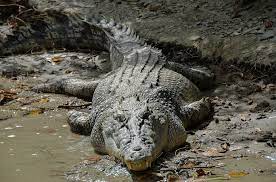
Rasikbil Bird Sanctuary:
The territory gets its name from a lake named Rasikbil in Cooch Behar district in West Bengal. The lake is encircled by low water land or marshland, which gives a suitable dwelling environment to the birds.
Rasikbil is one of the five such low water lands around there, others being Neeldaba, Bochamari, Shankhadanga, and Raichangmari. The region pulls in a lot of migratory birds all year, other than being home to a few other inhabitant birds. In this way, if bird-watching is among your number of interests, you would cherish your visit to the grand Rasikbil Bird Sanctuary. Just remember to carry your best pair of binoculars while boating in the lake.
Conclusion:
The wildlife reserves and the forests are the major ways in which we can protect the animals from any kind of danger, without having to lock them up in small cages. Their natural habitat is preserved and they get to live a long, happy and peaceful life while being surrounded by greenery. The mountainous region in the north and the wetland in the south of the state allow West Bengal to be able to build wildlife sanctuaries and national parks for all kinds of species, starting from the mountainous variations and extending to the coastal.
–by Soumya Das
